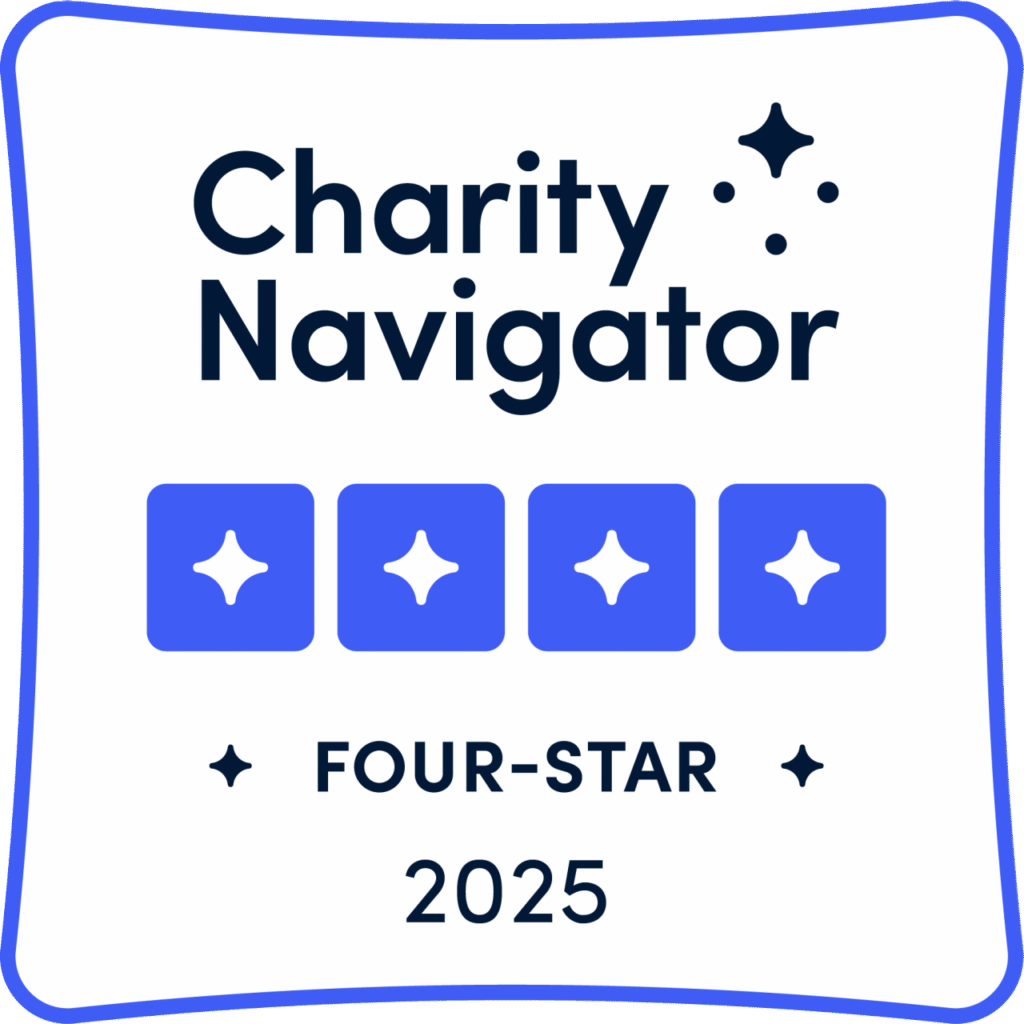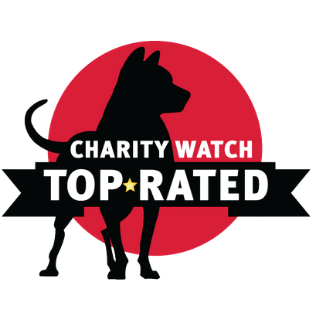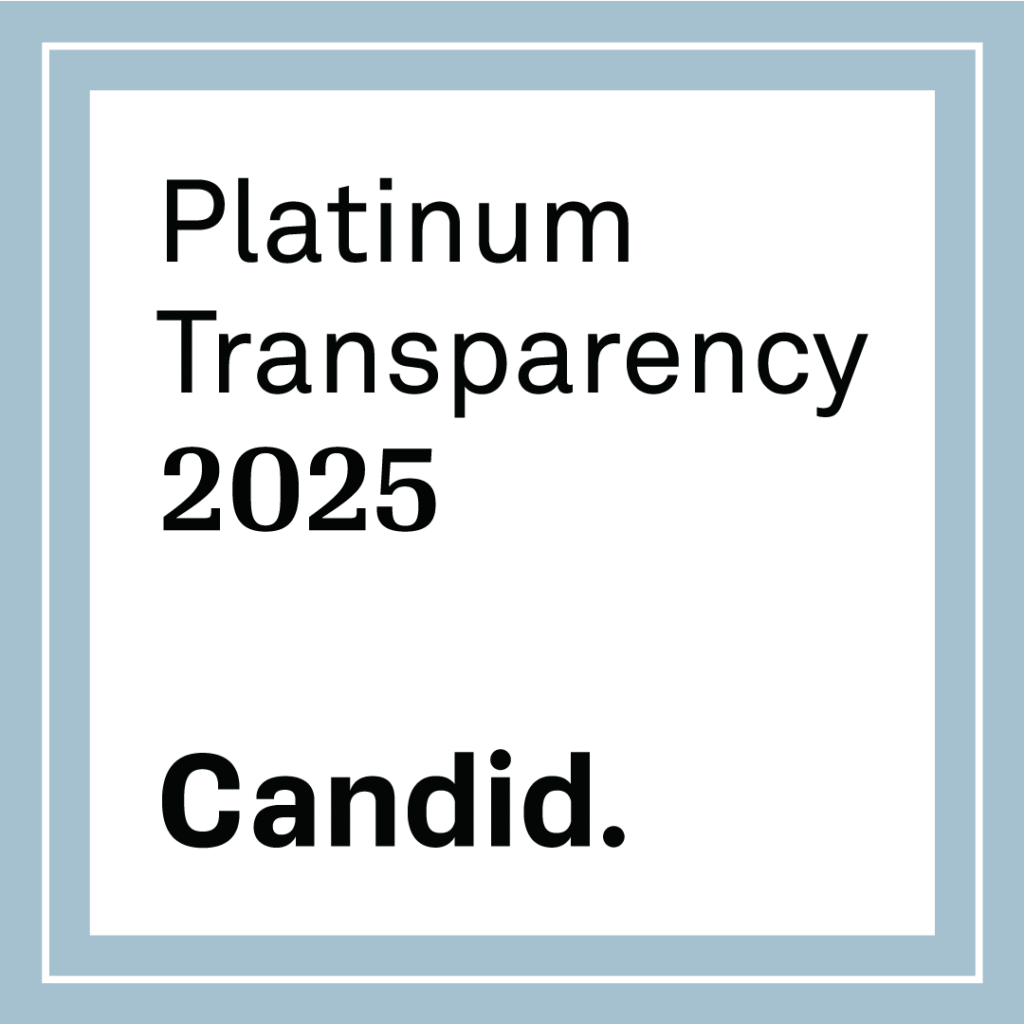Financials
What happens to your donation?
Non-profit finances are often opaque and complex. We aim to be transparent and straightforward. We update this page when we release the prior year’s financial statements and 990 tax filing here →
GiveDirectly delivers your donation as unconditional cash transfers—typically $1,000—to families in extreme poverty in Africa (unless you specify your gift to one of our other programs).
This approach is backed by hundreds of rigorous studies showing recipients use this cash to make lasting improvements to their income, assets, education, food security, and health.
By minimizing bureaucracy, we ensure your donation reaches families quickly and efficiently.
12% of our budget goes to overhead and the rest goes to our direct cash programs
You probably want to know our overhead, because most charities highlight how much they spend on their programs vs. ‘overhead’ like fundraising, HR, and leadership.
GiveDirectly’s 12% overhead rate is one of the lowest of any major international charity. Independent assessors give us top ratings for our financials and transparency:
📊 Click to compare our overhead to other charities →
⚠️ There’s no standard definition of “overhead” in the nonprofit sector. Every charity decides for itself what counts as overhead versus program spending—it’s mostly an honor system. This makes fully accurate comparisons nearly impossible and doesn’t tell you what you actually want to know: how much of your donation reaches the people you’re trying to help. That said, here’s a comparison chart:
Unlike the opaque “overhead vs. programs” breakdown, GiveDirectly presents our costs into three categories:
- Cash to recipients (the money that goes directly to families in extreme poverty)
- Costs: Direct delivery costs (field staff, mobile money fees, and other costs required to get cash to recipients safely) & shared organizational costs (the people, technology, and systems that make our work possible)
- Fundraising (the cost of raising donations, funded from a different source)
Read on to learn about each.
But the truth is that is all pretty useless if you want to know the impact your donation will have.
Overhead doesn’t tell you how much value reaches the end recipient when you click donate; only efficiency does:
- A charity might spend 10% on overhead and 90% on programs, but half of that program spending never reaches the recipient, instead going to ‘program costs’ like field staff salaries and Land Rovers.
- The biggest charities might not run a program at all, instead re-granting donations to other groups and counting all of that as ‘programs’, 0% ‘overhead.’
More importantly: $85 of every $100 you give goes to someone in extreme poverty as cash
Efficiency tells you what matters most: how much value reaches the recipient. Our website gifts default to our very efficient Poverty Relief programs, which currently send 84.8% of donations to recipients as cash (and we’re only getting better).
How good is GiveDirectly’s 84.8% efficiency?
- The UN World Food Programme (WFP) delivers cash aid at 76% efficiency and food aid at 45% efficiency.
- If you send money to someone you know in Africa through a remittance company, you’d pay 8.8% in fees alone—and that’s only if you already know who to send to. We identify the poorest families in remote areas, provide phones and SIMs when needed, verify transfers are received safely, and offer recipient support all for 15%.
📊 Click to see a breakdown of our program costs →
Safely delivering your cash to the world’s poorest in remote areas comes with costs like transaction fees, offices, and staff both on the ground and supporting globally. We measure fundraising costs separately.
GiveDirectly also runs other types of programs and pilots funded by governments, foundations, or individual donors:
- 🌍 Specialized poverty relief programs use novel ways to find, target, and support vulnerable African populations left behind by traditional aid like refugees or pregnant women.
- 🚨 Emergency response programs reach people in moments of crisis extremely quickly, averting suffering and preventing them from falling into deeper poverty.
- 🇺🇸 U.S. poverty relief programs deliver cash to low-income Americans, including pregnant women and homeless families.
Every $4 we spend on fundraising generates $100 in new donations for the world’s poorest
We track fundraising costs separately because 1) they come from different funds and 2) they use a different measure of success.
- If you give unrestricted “where needed most“, historically ~80% has directly funded cash programs. The other ~20% covers fundraising expenses (staff, donation platform, etc.) because it’s one of the best ways to maximize dollars for the world’s poorest.
- We track our cost per dollar raised: over the last 2 years, we spent $14m to raise $337m, so we spent $0.04 per dollar raised—one of the lowest rates in the nonprofit sector.
💰 Click to see how our fundraising performance compares to other charities →
With more funding, we could reach 1.5m more of the world’s poorest by 2028
GiveDirectly has grown quickly, but the need is enormous. In the past three years (2023-25), we reached 162,000 people in Malawi—just 1.3% of the 13 million living in extreme poverty there. Across all 9 countries where we work, over 150 million people live below the extreme poverty line.
We have the capacity to reach millions more. Over the next three years (2026-28), we could deliver a billion dollars, double what we raised in the last three years—while maintaining our current quality and raising our efficiency as we benefit from economies of scale.


